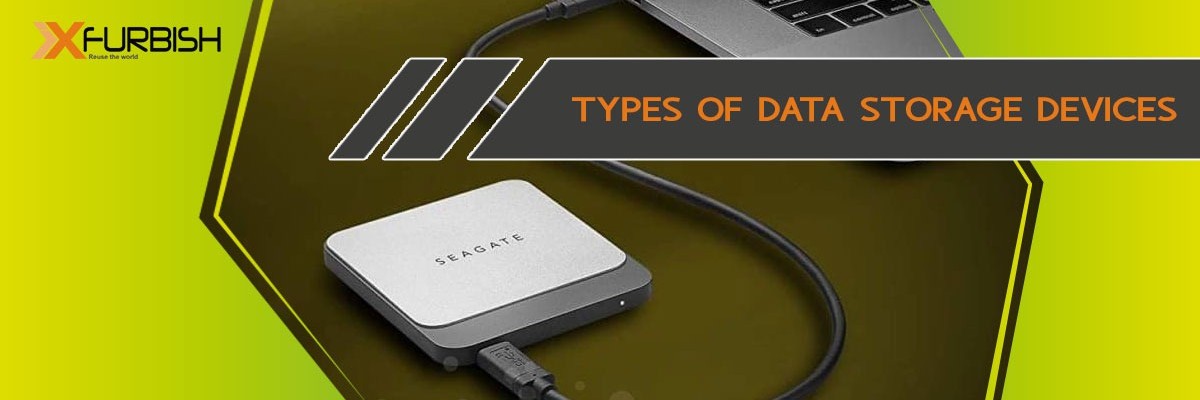
Data storage devices have evolved significantly over the years as technology advances. Storage devices are available in many sizes and shapes today. Five types of storage devices can be used for different purposes and devices.
Also known as a storage medium, a storage device, or storage media, a storage device can also be called a storage medium. Digital storage is measured in megabytes (MB), gigabytes (GB), and, these days, TeraBytes (TB).
Some storage devices can hold information forever while others are only able to store it temporarily. Each computer has both primary storage and secondary storage.
Primary storage devices act as the computer's short-term and long-term memories, while secondary storage acts as the computer's long-term memory, while secondary storage acts as the computer's long-term memory, also Refurbished Storage Parts will provide you better experience
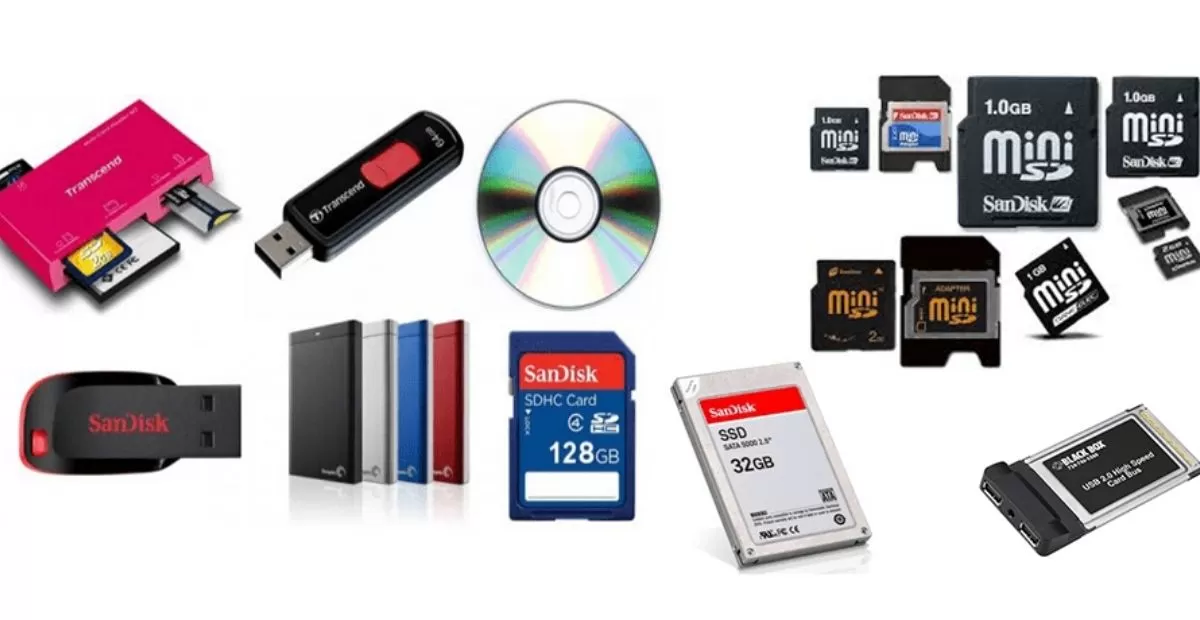
Types of Storage Devices
- Flash Memory Devices
- Optical Storage Devices
- Floppy Disks
- Systems storage
- Solid-State Drives or SSDs
Flash Memory Devices
Flash memory was mentioned earlier in our discussion of SSDs. Flash memory devices contain trillions of interconnected flash memories cells that store data.
These cells contain millions of transistors, which when turned on or off are binary codes 1s and 0, which allow a computer to read and write information.
The USB flash drive is one of the most well-known types of flash memory devices. These small storage devices, also known as thumb drives or memory sticks, have been popular for additional computer storage.
USB flash drives were indispensable for moving files between devices before it became easy and quick to share files online. They can only be used with devices that have a USB port. While most older computers have a USB port available, some newer models may need an adapter.
A USB flash drive can store up to 2TB. Although they are more expensive per gigabyte than external Hard Disk drives, they have proven to be a convenient and cost-effective way to store and transfer smaller files.
Flash memory devices include flash drives and SD cards. These are the storage media used by digital cameras.
Optical Storage Devices
Blu-ray discs, DVDs, and CDs can play music and videos, but they also serve as storage devices. They are collectively known as optical storage devices, optical media, or optical media.
These disks store binary code in tiny bumps that run along a track that spirals to the left from the center. The disk spins at a constant speed while the laser within the drive scans the bumps. The laser bounces off bumps and reflects them to determine if it is a binary 0 or 1.
A DVD's spiral track is more precise than that of a CD. This allows it to store more data, even though it is the same size. DVD drives also use a finer red laser than CD drives. Dual layering is also possible with DVDs to further increase their storage capacity.
Blu-Ray takes things to the next level by storing data on multiple layers, with smaller bumps and requiring a finer blue laser to read.
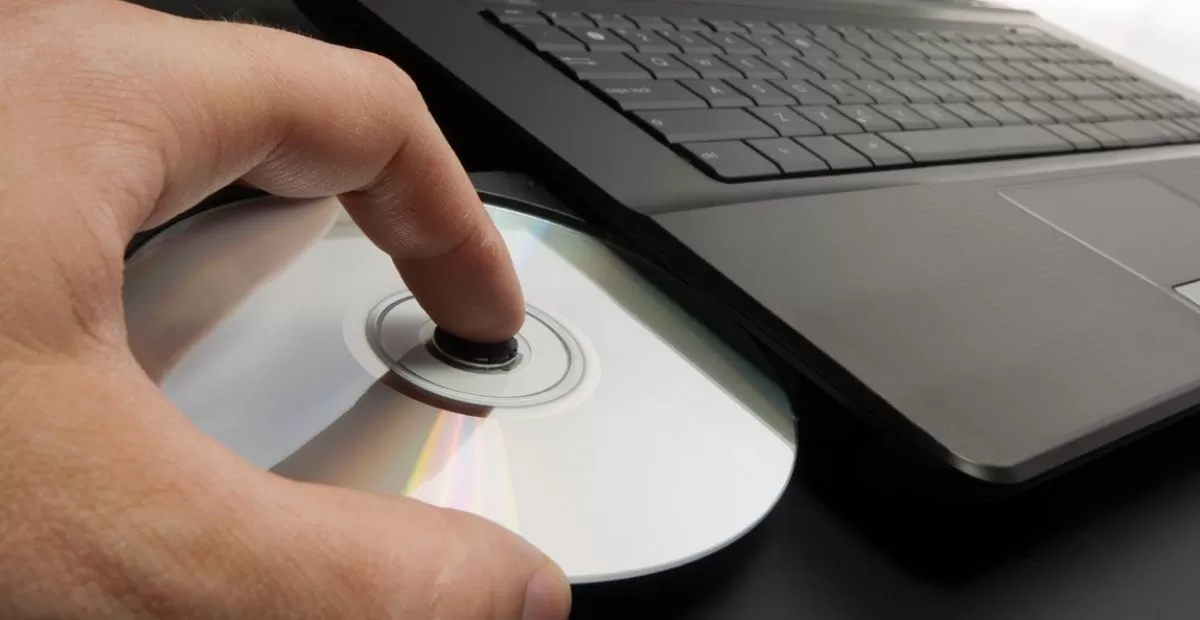
CD ROM Vs DVD ROM
CD-ROM and DVD-ROM are read-only optical storage media. They cannot be overwritten or removed from their data. They cannot be used for personal storage. They are used to install software programs.
CD-R, DVDR, and BD-R format discs can be recorded but cannot be overwritten. Any data that you save to a blank disk recordable will be saved permanently on that disk. They can store data but are not as flexible as other storage devices.
Re-writable CD-RW and DVD-RW are available. You can write new data to them and also erase any data that you don't want. Although flash memory has replaced them, CD-RWs used to be the preferred choice for external storage. Many laptops and desktop computers have a DVD or CD drive.
A CD can store 700 MB of data, a DVD can store 8.5 GB, and Blu-Ray can store 25 to 128 GB.
Floppy Disks
Although they are now obsolete, storage devices cannot be discussed without mentioning the humble Floppy Disk, also known as the diskette.
Floppy disks were among the first portable and removable Storage Devices that became widely available. Because of this, most "Save" icons look the same as the floppy drive, which is why they're so popular. These icons work the same as hard disk drives but on a smaller scale.
Floppy disks had a storage capacity of only 200 MB until CD-RW was introduced, and flash drives were the preferred storage media. In 1998, the iMac became the first personal computer to be released without a floppy drive. The floppy disk's dominance for over 30 years quickly waned.
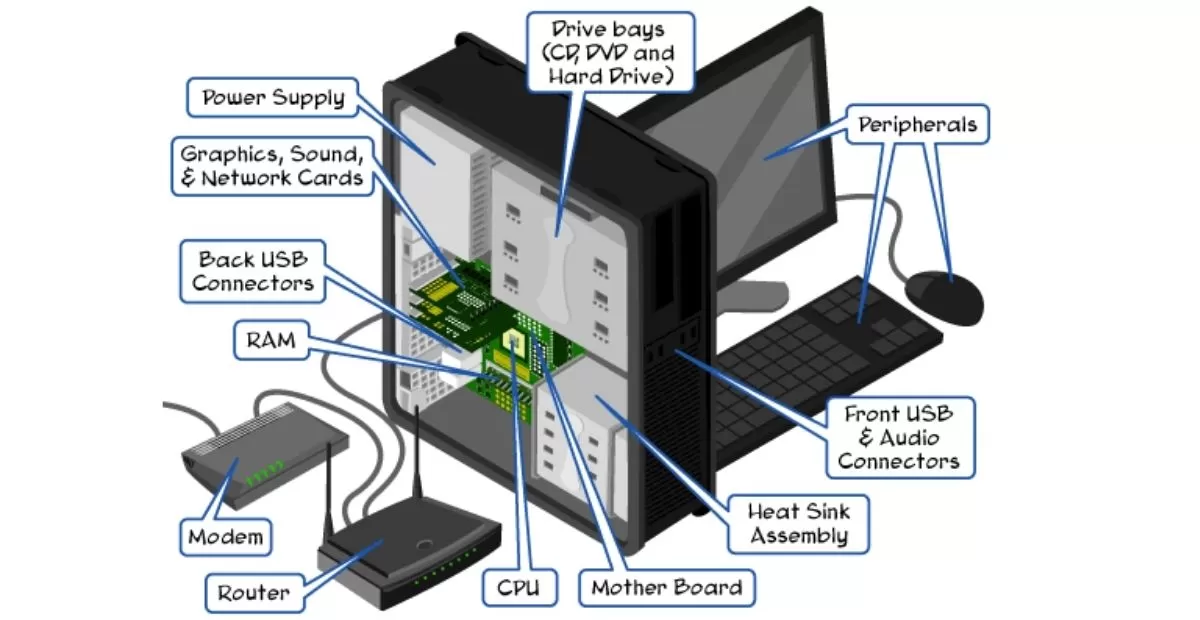
Systems storage
A storage device is any piece of hardware that is used primarily for data storage. Whether it is a desktop computer, tablet, smartphone, or laptop, each device has a storage device. You can also use external storage drives, which can be used across multiple devices.
Not only is storage necessary to save files, but it's also essential for the execution of tasks and applications. Every file that you save or create on your computer is saved to your computer's storage. It also stores your operating system and any applications.
Primary Storage: Random Access Memory, RAM
Random Access Memory (RAM) is the primary storage device for a computer.
Your RAM temporarily stores data while you work on a file. RAM is essential for everyday tasks such as opening and editing applications, loading webpages, modifying documents, or playing video games.
RAM allows you to move quickly from one task to the next without losing progress. The RAM of your computer is what makes multitasking easier and faster.
RAM is volatile memory. This means that it can't hold on to information after the system shuts down. If you try to copy and paste text from a computer, then restart it, your computer will forget what you copied. It was temporarily stored in your RAM.
RAM allows a computer to access data in random order. It is therefore much faster than secondary storage. and you can find many Refurbished RAM at cheap prices for better performance of your computer.
Secondary Storage: Solid-State Drives & Hard Disk Drives (HDD)
Every computer has RAM and a storage drive. This is used to store long-term information. Secondary storage is what you call it. Every file that you download or create saves to secondary storage.
Two types of storage devices are used for secondary storage on computers: HDD or SSD. HDDs are more common, but SSDs quickly overtake HDDs as the most popular technology for secondary storage.
Secondary storage devices can often be removed so that you can upgrade or replace your storage or move it to another computer. Some exceptions are MacBooks which do not offer removable storage.
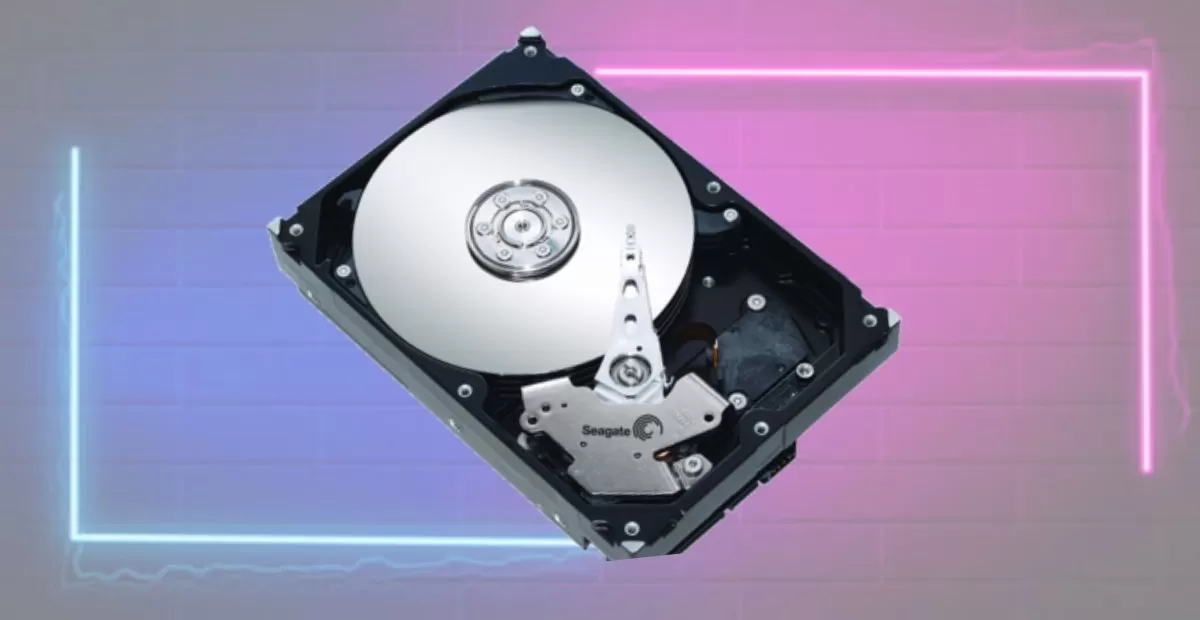
Hard Disk Drives or HDD
Hard disk drives (HDDs) are the original hard drives. These magnetic storage devices have been around since 1950, but they've changed over the years.
A hard drive is made up of several spinning metal disks called platters. Each spinning disk contains trillions of tiny bits that can be magnetized to represent bits (in binary code, 0s, and 1s).
An actuator arm with reading/writing head scans spinning platters to detect magnetic charges and magnetize fragments to write digital data onto the HDD.
HDDs can be used to store files on your computer, laptop, or TV, you can also buy 10 Best Laptop Hard Disk at Xfurbish.
Solid-State Drives or SSDs
Solid-state drives were developed in the 1990s, but they have been around since then. SSDs do not rely on magnetic disks or magnets. Instead, they use NAND flash memory. An SSD stores information using semiconductors that alter the electrical current within the drive.
SSDs are not dependent on moving parts, unlike HDDs.
SSDs perform faster and more smoothly than HDDs. HDDs take longer to collect information because of the mechanical nature of their platters. SSDs also last longer than HDDs. HDDs, which have so many moving parts, are susceptible to wear and damage.
SSDs can be found in smartphones, tablets, and video cameras, outside of high-end laptops and newer PCs.
You might want to consider an alternative or buy the Best Refurbished Storage Devices if you are running out of space on your devices. External storage devices like flash drives, for example, can run out, get damaged, or lose their data.
The cloud is the best place to store your files. It is safer, quicker, and easier to use.
conclusion
Computers use a variety of data storage devices, and there are many types of storage devices. A storage device is any hardware capable of holding information either temporarily or permanently.
Storage devices can hold information forever while others are only able to store it temporarily. Each computer has both primary storage and secondary storage.
Primary storage devices act as the computer's short-term and long-term memories, while secondary storage acts as the computer's long-term memory.
